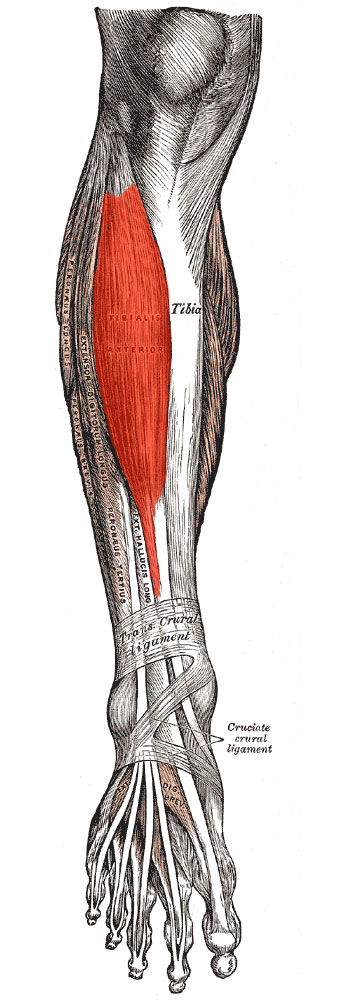By Sarah Curran, PhD, FCPodMed
Foot orthoses are considered to work by controlling internal rotation of the tibia and eversion of the calcaneus, and have been reported to be effective during weightbearing activities such as walking and running. As a result, they have been shown to be effective in managing a range of musculoskeletal conditions—not the least of which is patellofemoral pain.
Everyday life and activities place a variety of demands on the lower extremities; an example is stair-climbing—in particular, the stair descent, which can place increased loading on the patella. Moreover, the mechanism for progressing and stepping down a step uses a toe–toe–heel pattern of contact, and foot orthoses that incorporate forefoot posting can therefore influence pronation of the foot and the proximal musculoskeletal chain of the lower extremities.
This present study set out to explore the influence of 3 types of foot orthoses on kinematics, kinetics, and activation of muscle during a step-down task. Sixteen healthy volunteers (mean age, 25.7 years) performed a step-down task from a height of 20 cm in 3 conditions of orthosis: a control flat insole, a 5° rearfoot medial wedge, and a 5° rearfoot and forefoot medial wedge, all while wearing standardized footwear (Dr Comfort Winner Plus).
The findings showed that both types of wedged foot orthoses (rearfoot and forefoot) improved kinematics within the foot (metatarsal to calcaneal rotation), the ankle, and the hip; while knee adduction moment was increased, the internal rotation moment was reduced, compared to what was observed with the control insole. Activity of the abductor hallucis muscle was reduced with the use of the 5° rearfoot medial wedge and a 5° rearfoot and forefoot medial wedge, compared to the control insole. Only the 5° rearfoot medial wedge showed a reduction in activity for the tibialis anterior muscle.
These findings offer further insight into the use of foot orthoses on musculoskeletal conditions—in particular, patellofemoral pain—through the role of changing kinematics (internal rotation) and kinetics of the lower extremities that creates stability. Furthermore, this is the first study to show the influence of abductor hallucis and tibialis anterior muscles, which had a reduction in activity with both sets of medial wedged foot orthoses during the step-down maneuver. This reduction in activity could be due to arch support and a wedge that acts as a mechanical barrier to minimize foot pronation; alternatively, it could indicate improved control of foot position and support from the foot orthosis.
These findings might be of use clinically to patients with patellofemoral pain, given the demands placed on the lower limb and knee during step descent. Although this study explored only the impact of a single step, further assessment on continuous and cumulative loading of step descent would provide further insight. From a clinical perspective—particularly when a patient presents with patellofemoral pain—the clinician should seek assessment of stair descent in terms of pain and function.
Sarah Curran, PhD, FCPodMed, is Professor of Podiatric Medicine and Rehabilitation at Cardiff Metropolitan University, Cardiff, Wales.
Source: Bonifácio D, Richards J, Selfe J, Curran S, Trede R. Influence and benefits of foot orthoses on kinematics, kinetics and muscle activation during step descent task. Gait Posture. 2018;65:106-111.









